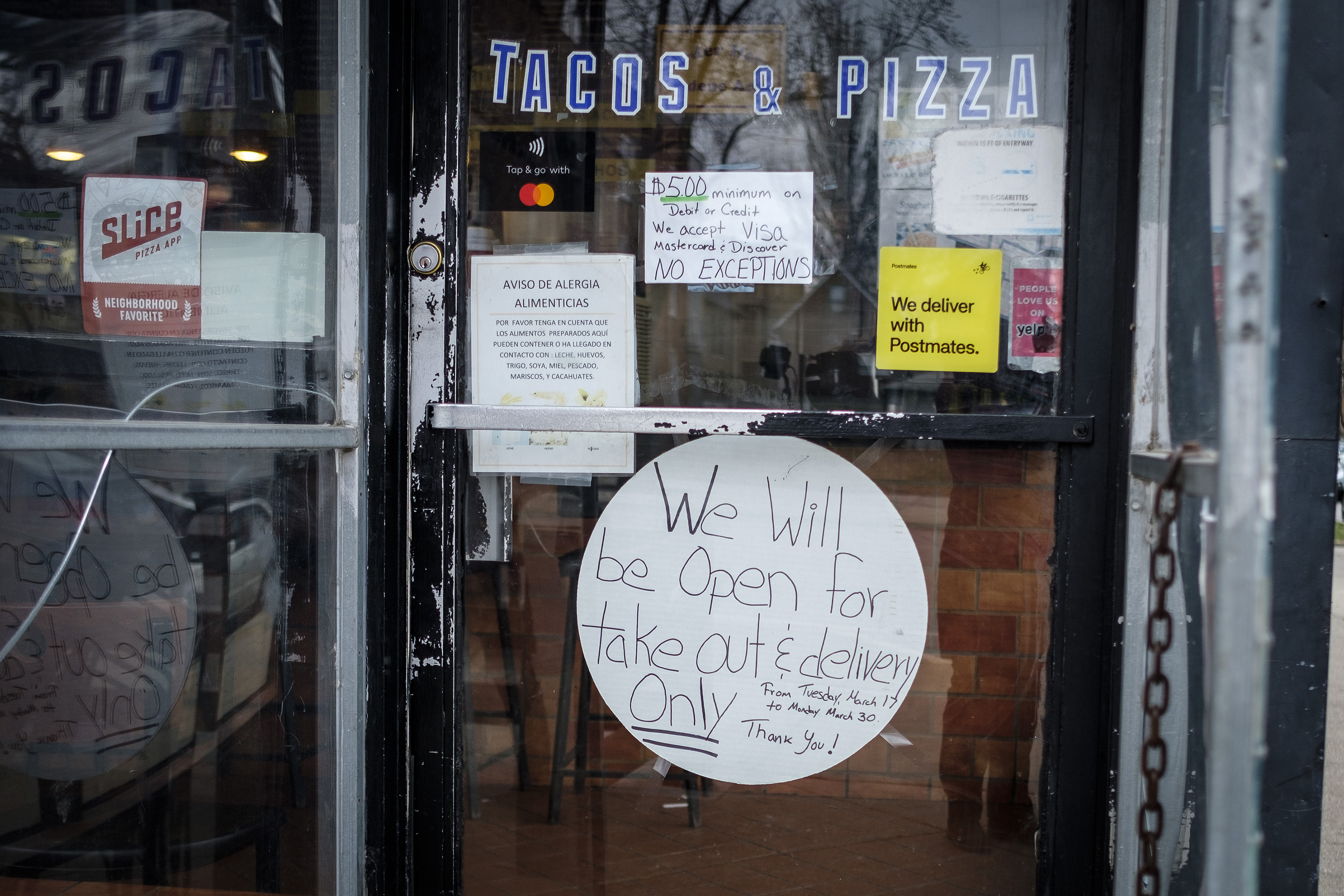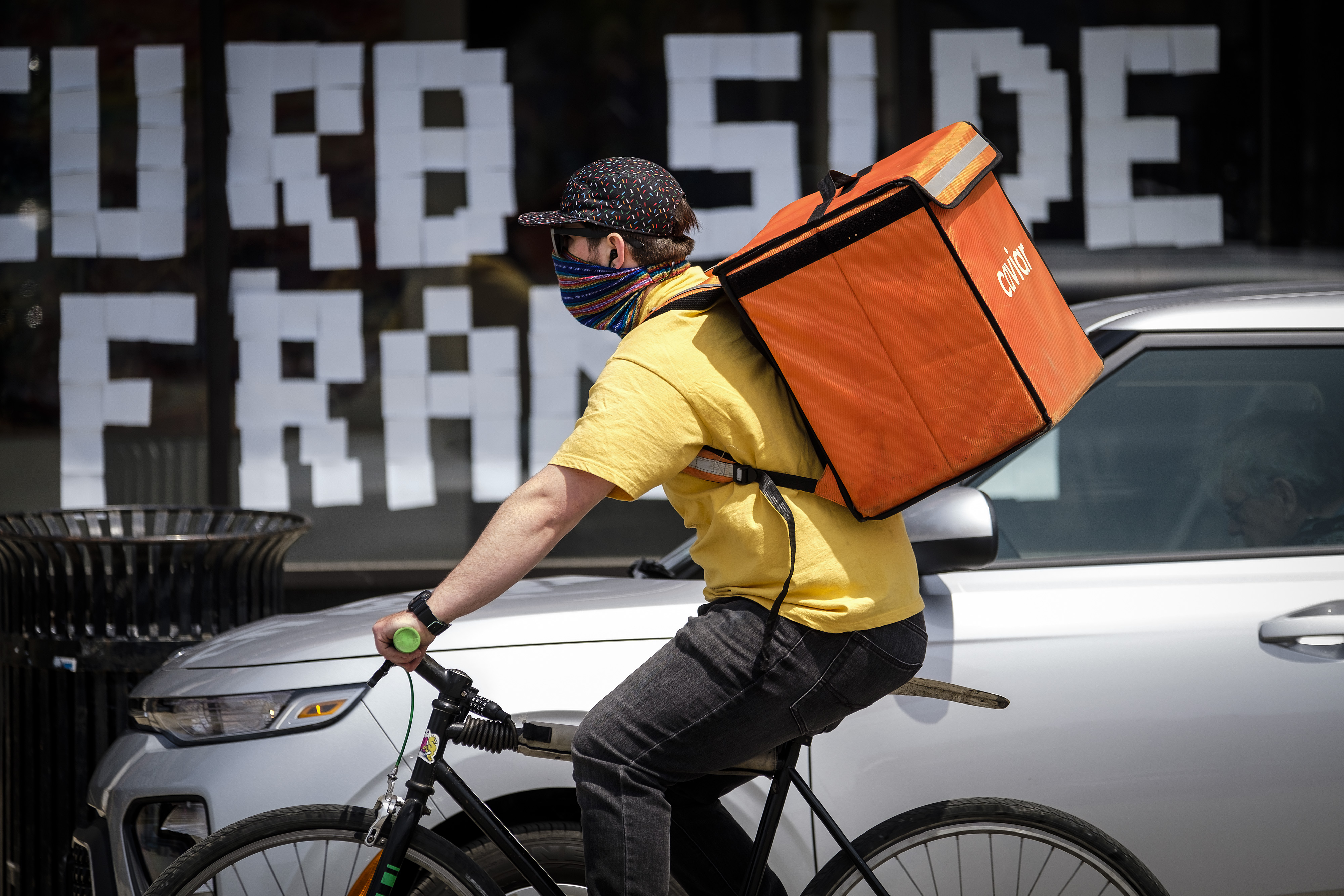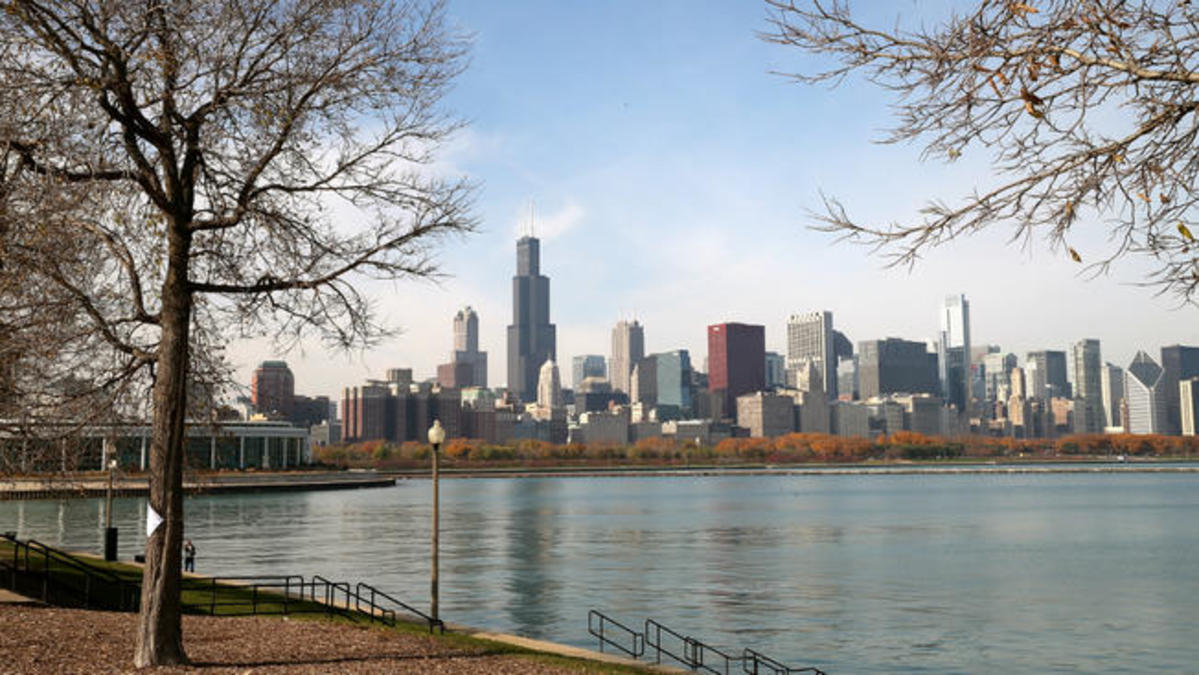Chicago is currently in phase two of a five-phased reopening plan, but with many regions in Illinois preparing to enter the next steps of reopening, residents are questioning: how close is the city to reaching its next phase?
Chicago Mayor Lori Lightfoot on Wednesday gave an updated look at where the city stands in relation to the metrics needed to advance to the next stage.
Speaking virtually to the Economic Club of Chicago, she noted that while the city is on track in some areas, it falls short in others.
"When it comes to the metrics of moving to phase three, such as hospital capacity, we're pretty far along," she said. "While others, such as case rate and testing positivity rates, still have a ways to go. The more stable our public health is the more stable and sustained our reopening will be. None of us want to see us taking steps back. Reopening could lead to re-closing if we are not patient, smart and diligent."

Lightfoot likened her five-phased reopening plan to "slowly turning on a dimmer, not flipping a switch," but she said the timing is largely dependent on how the city responds.
"We've made real progress throughout this crisis but we've also seen an increase recently in Chicagoans leaving their homes," she said. "It is these very actions that will erase the gains we've made and delay our transition into phase three. But for us to even get to phase three at all it is imperative that we stay committed to follow the mandate to stay home and stop the spread of this deadly disease. That is why even when we do move to phase three, we must maintain social distancing. And moving to phase three should by no means be confused with this crisis being over - it will only mean we have made progress along key health metrics to allow us to cautiously reopening and we have to be absolutely clear on that."
Though she has not revealed what will be required for the city to move on from phase three, Lightfoot said the city will likely spend the next six to 12 months moving through the phases.
"Six to 12 months where we'll be managing to prevent the resurgent outbreaks we've seen among vulnerable populations in Singapore, in South Korea and at this very moment in Georgia, that has followed their own rush to reopen," she said. "Six to 12 months as we transition from phase to phase. Whether or not we see that resurgence in Chicago, which will force us to go back to sheltering in place, is entirely dependent on you."
The comments came before Lightfoot offered her first peek at what will be allowed when the city finally reaches phase three.
Among those that are expected to or "on track" to reopen in the next phase, with safety guidelines in place, are childcare, manufacturing, construction and elective surgeries. That's in addition to essential businesses that have already been opened in the city, Lightfoot said.
"To do this we also expect a reopening of our parks and libraries, programming for youth with strict protocols in place," Lightfoot said, acknowledging the need for such services as parents begin to return to work.
In addition, the city is working to find "creative solutions to partially reopen" businesses in retail, recreation, personal services like salons and barbershops, arts and restaurants.
"We believe we have can find creative ways in which we can bring some of this activity back online safely sooner rather than later," Lightfoot said.
The city is also working to find safe solutions to resume banks, technology, professional services and corporate environments, Lightfoot said.
Here's a look at the criteria the mayor released for moving the city in phase three:
• COVID-19 Case Rate (over 14 days, as a rolling average):
o Declining rate of new cases, based on incidence and/or percent positivity
• Severe Outcome Rate (over 14 days, as a rolling average):
o Stable or declining rates of cases resulting in hospitalization, ICU admission, and/or death
• Hospital Capacity Citywide (over 14 days, as a rolling average):
o Hospital beds: <1800 COVID patients
o ICU beds: <600 COVID patients
o Ventilators: <450 COVID patients
• Testing Capacity:
o Test at least 5% of Chicago residents per month
• Testing Percent Positivity Rates (over 14 days, as a rolling average):
o Congregate: <30% positive tests
o Community: <15% positive tests
• Syndromic Surveillance (over 14 days, as a rolling average):
o Declining emergency department visits for influenza-like illness and/or COVID-like illness
• Case Investigation & Contact Tracing:
o Expanded system in place for congregate and community investigations and
contact tracing





